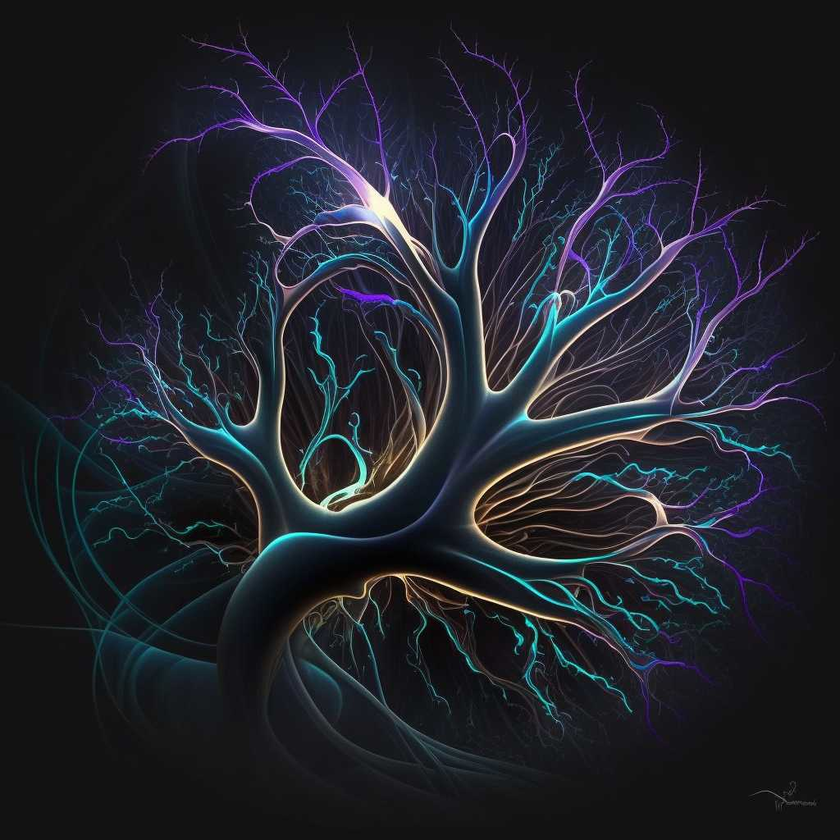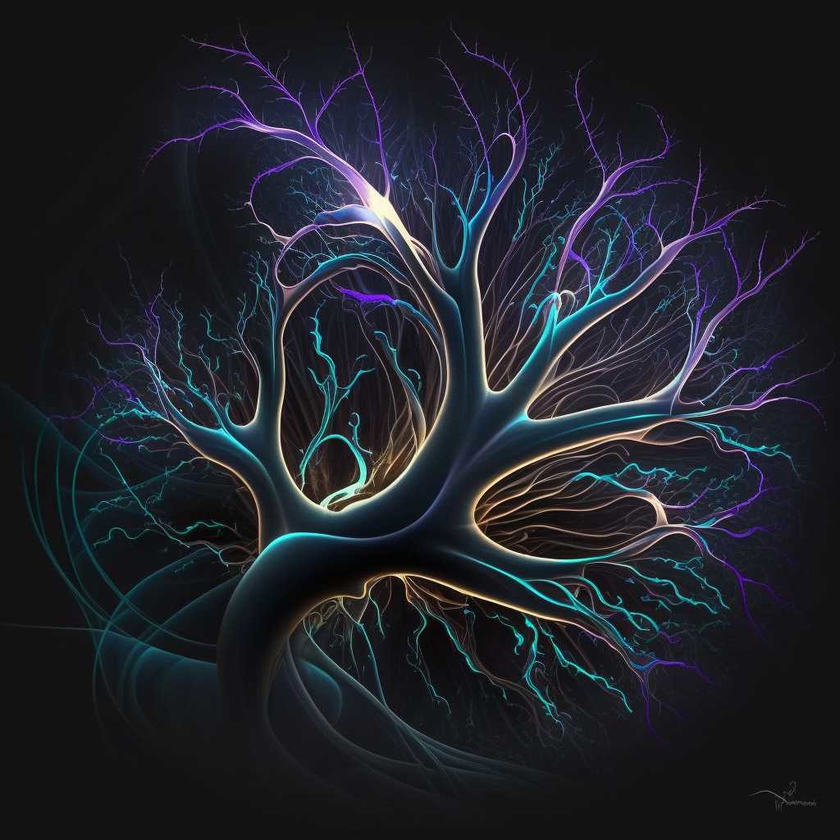The Heisenberg Uncertainty Principle is one of the most fundamental principles of quantum mechanics, and it states that it is impossible to simultaneously measure the exact position and momentum of a particle. This principle is based on the idea that the act of observation affects the behavior of particles, and it has been used to explain many of the strange phenomena observed in the quantum world.
The Vibrational Web Theory provides an alternative explanation for the Uncertainty Principle, proposing that the vibrations of the web are the underlying structure of reality, which exists at the most fundamental level of the universe. These vibrations can be thought of as analogous to the waves in an ocean, which interact with each other and create complex patterns. Particles are not isolated entities but are instead interconnected vibrations within the fabric of the universe. In this interconnected web, particles and their properties are not predetermined but are instead shaped by the complex interactions of the vibrational patterns of particles and the larger vibrational web.
These vibrations are not static but are instead dynamic and constantly changing, giving rise to the unpredictable behavior of particles in quantum mechanics. The interactions between particles and the environment cause these vibrations to change, which affects the vibrational patterns of other particles and ultimately leads to changes in the behavior of matter and energy.
The Vibrational Web Theory proposes that the act of observation affects the behavior of particles because the vibrations of the web are constantly changing. When a particle is observed, the vibrations of the web are altered, which in turn affects the behavior of the particle. This is analogous to the way in which a wave in an ocean is affected by the presence of an observer. The observer's presence causes the wave to change its shape and behavior, and this is what is happening at the quantum level when a particle is observed.
To illustrate this concept, consider the following thought experiment. Imagine a particle that is located in a vibrational web, and imagine that the particle is observed by an observer. The observer's presence causes the vibrations of the web to change, which in turn affects the behavior of the particle. The particle's position and momentum can no longer be measured simultaneously because the vibrations of the web are constantly changing, and this is the Uncertainty Principle in action.
The Vibrational Web Theory provides an alternative explanation for the Uncertainty Principle, and it is supported by observational evidence. For example, experiments have shown that the act of observation can affect the behavior of particles, and this is consistent with the idea that the vibrations of the web are constantly changing. Additionally, the wave function provides a detailed mathematical description of the behavior and properties of quantum particles, and it is used in many applications of quantum mechanics. In the context of the Vibrational Web Theory, the wave function is used to describe the interactions between particles and fields in the vibrational medium, and this provides further evidence for the theory.
In conclusion, the Vibrational Web Theory provides an alternative explanation for the Uncertainty Principle, proposing that the vibrations of the web are the underlying structure of reality, which exists at the most fundamental level of the universe. These vibrations are not static but are instead dynamic and constantly changing, giving rise to the unpredictable behavior of particles in quantum mechanics. The Vibrational Web Theory is supported by observational evidence, and it could potentially lead to a deeper exploration of other quantum phenomena.
















